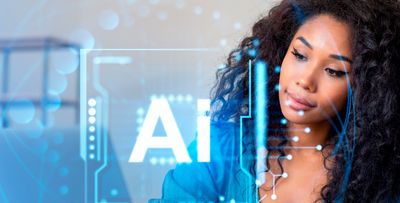Continuous AI Learning Program for Org. Development
By Galaxy Advisors
A consulting strategy for defining a program of continuous learning for AI organizational development should combine stakeholder involvement, tailored curriculum design, ongoing feedback, and governance structures. Here’s an enterprise-ready framework:
Strategy Consulting Offering: Continuous AI Learning Program
1. Needs Assessment and Goal Alignment
- Conduct learning needs analysis using surveys, interviews, and manager feedback to pinpoint current AI skills and capability gaps across roles.
- Align learning objectives with business strategy, setting measurable outcomes for both skill and organizational impact.
2. Curriculum Design and Personalization
- Develop a tiered curriculum covering foundational AI concepts, domain-specific use cases, ethics, and hands-on technical modules.
- Include personalized learning paths for executive leadership, technical teams, and non-technical roles, using AI-driven adaptive content and case studies.
3. Continuous Learning Infrastructure and Methods
- Implement a mix of learning formats: instructor-led training, virtual labs, microlearning modules, project-based assignments, and internal hackathons for real-world practice.
- Leverage AI-powered tools to deliver personalized learning journeys and real-time skill assessments, adapting pace and topics to individual needs.
4. Ongoing Engagement, Feedback, and Evolution
- Establish regular feedback loops (surveys, retrospectives, interactive dashboards) to gather learner input and adjust programs iteratively.
- Incorporate new trends, research, and technology into curriculum updates, maintaining relevance and innovation in training content.
5. Governance, Measurement, and Culture Building
- Form a cross-functional steering committee—including HR, technology, and business leaders—to oversee program evolution, performance, and impact.
- Define KPIs for participation, skill acquisition, and business outcomes, tracking progress to ensure alignment and ROI.
- Promote a culture of curiosity, experimentation, and risk-taking, where employees regularly share lessons learned and “teach forward”.
The result is a robust, adaptive, and measurable continuous learning program that develops AI fluency and innovation capability, ensuring the organization stays agile and competitive as AI technology evolves

This website uses cookies.
We use cookies to analyze website traffic and optimize your website experience. By accepting our use of cookies, your data will be aggregated with all other user data.